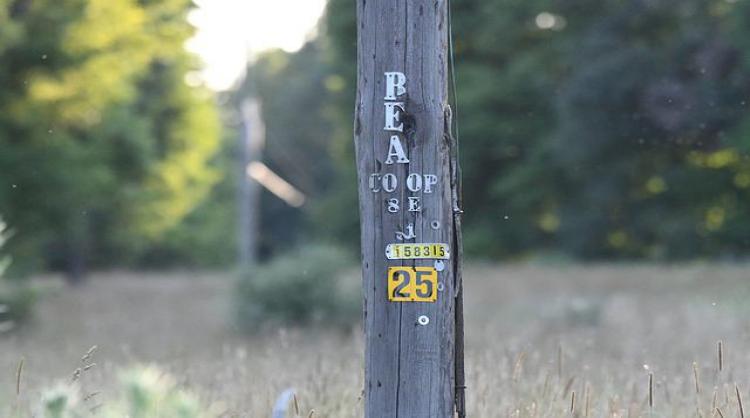FCC Seeks Comments on Standards for Sharing Pole Replacement Costs
May 13, 2022 | by Andrew Regitsky

On March 18, 2021, the FCC Released a Second Further Notice of Proposed Rulemaking (Further Notice) in Docket 17-84 seeking industry comments on establishing clear standards for how utilities and attachers must share in the costs of pole replacements.
The Commission action was initiated on July 16, 2020, when NCTA—the Internet & Television Association - filed a Petition asking the agency to clarify its rules in the context of pole replacements. Specifically, the Petition requested the FCC to declare that: (1) pole owners must share in the cost of pole replacements in unserved areas pursuant to section 224 of the Communications Act; (2) pole attachment complaints arising in unserved areas should be prioritized through placement on the Accelerated Docket under section 1.736 of the Commission’s rules; and (3) the rules authorize the Commission to order a pole owner to complete a pole replacement within a specified time frame or designate an authorized contractor to do so. NCTA claimed that without Commission action, the costs and operational challenges associated with pole replacements would inhibit attachers from deploying broadband services to Americans in unserved areas.
Although the FCC declined to act on the NCTA Petition, it found, however, that the record developed in the comments to the NCTA Petition revealed inconsistent practices by utilities regarding cost responsibility for pole replacements. In response, the agency released the Pole Replacement Declaratory Ruling which clarified that, “utilities may not require requesting attachers to pay the entire cost of pole replacements that are not solely caused by the new attacher and, thus, may not avoid responsibility for pole replacement costs by postponing replacements until new attachment requests are submitted.”
Now the Further Notice seeks comments to establish regulatory certainty on the following issues:
How to determine whether and to what extent utilities directly benefit from distinct types of pole replacements in situations where a pole replacement is not “necessitated solely” by a new attachment request.
What standards the Commission should establish for requiring utilities to pay a proportional share of pole replacement costs.
When weighing the costs and benefits of early pole retirements, what is the best approach to align economic incentives between communications attachers and utilities.
Whether requiring utilities to pay a portion of the costs of a pole replacement would positively or negatively affect negotiations of pole attachment agreements and broadband deployment.
What measures the Commission could adopt to avoid disputes, or expedite the resolution of pole replacement disputes; and;
What scope of refunds the Commission should order when it determines that a pole attachment rate, term, or condition is unjust and unreasonable.
To help the FCC understand the scale of the pole replacement costs at issue in this proceeding it seeks data from attachers for a broad sample of recent, large broadband network buildouts showing the total number of poles to which they attached and, of those poles, the number for which they paid the full cost to replace an existing pole.
For each project identified, the attachers should specify the total non-recurring costs of the project (i.e., costs for the physical material of the poles and all other assets, such as fiber and electronic equipment, and labor costs for design, engineering, and construction of the network) and the total non-recurring cost specifically for replacement poles.
Attachers and utilities should provide information concerning the condition of the poles that were replaced and their status within the utility’s pole inspection and replacement program, including any available information concerning the term of the pole’s useful life. Utilities must provide data from their year-end 2021 accounts showing: (1) gross pole investment; (2) accumulated pole depreciation expense; (3) accumulated deferred income taxes attributable to poles; (4) net pole investment; and (5) pole investment excluded from gross pole investment (to avoid double recovery of the same pole costs through the collection of both non-recurring make-ready and recurring rental fees).
Industry comments on the Further Notice are due on June 27, 2022. Reply comments are due on July 27, 2022.

